4370 Gulf Shore Blvd. N.
Venetian Village
Suite 706
Naples, Fl 34103

Welcome
Glass Master at Work: Pino Signoretto
A video capturing the drama & intensity of the late maestro Pino Signoretto creating art glass. Filmed at the Corning Museum of Glass studio. Experience the magical genius of this master glassmaker.
History of Murano
Murano is linked by bridges & separated by eight channels in the Venetian Lagoon. It is believed that glassmaking in Murano originated in 8th-century Rome, with significant Asian & Muslim influences, as Venice was a major trading port. Murano's reputation as the epicenter of glassmaking began in 1291 when the Venetian Republic, fearing fire and the destruction of the city's wooden buildings, ordered glassmakers to move all foundries to Murano Island. By the 14th century glassmakers were allowed to wear swords, enjoyed immunity from prosecution by the State, and many of their daughters married into Venice's most affluent families. Though fearing they would spread their secret techniques, they were forbidden to leave the Republic. By the 16th century Murano's glass achieved glory with the Venetian Republic.? On Murano Island raw materials were all imported, so the greatness of Murano glass relies exclusively on the master glassmakers creativity.
Appreciated since the Middle Ages, its popularity exploded during the Renaissance, when crystal was invented. Many royal courts collected it. Murano's glass became multicolored and mirrors rose to prominence during the Baroque era, and by the 18th century new items like chandeliers and center-pieces were also made.
Today Murano's handmade art glass remains revered, valued, and collected worldwide, continuing a glorious tradition. ?
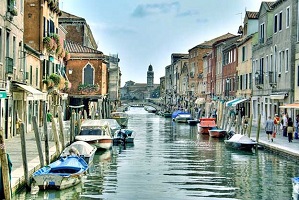
Shops of Murano
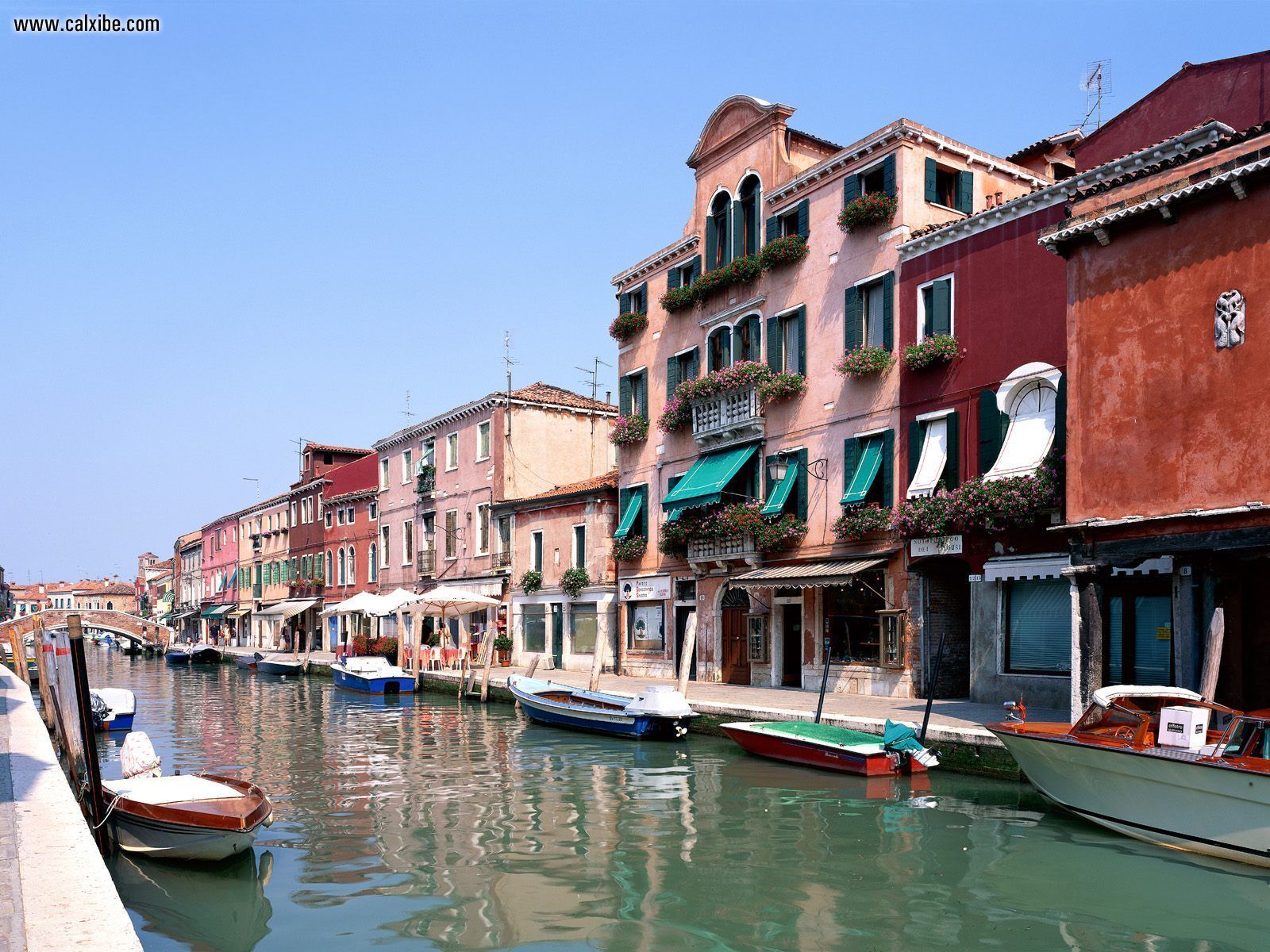
Fondamenta Manin
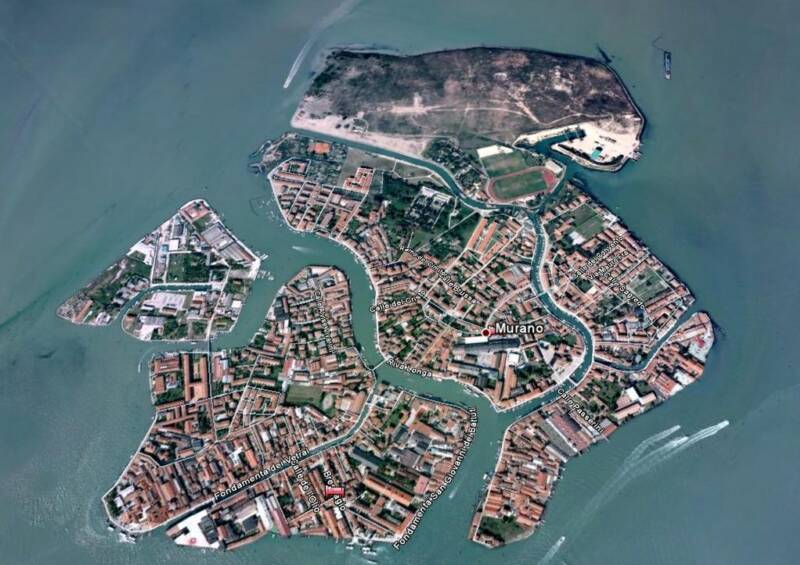
Aerial Photo of Murano
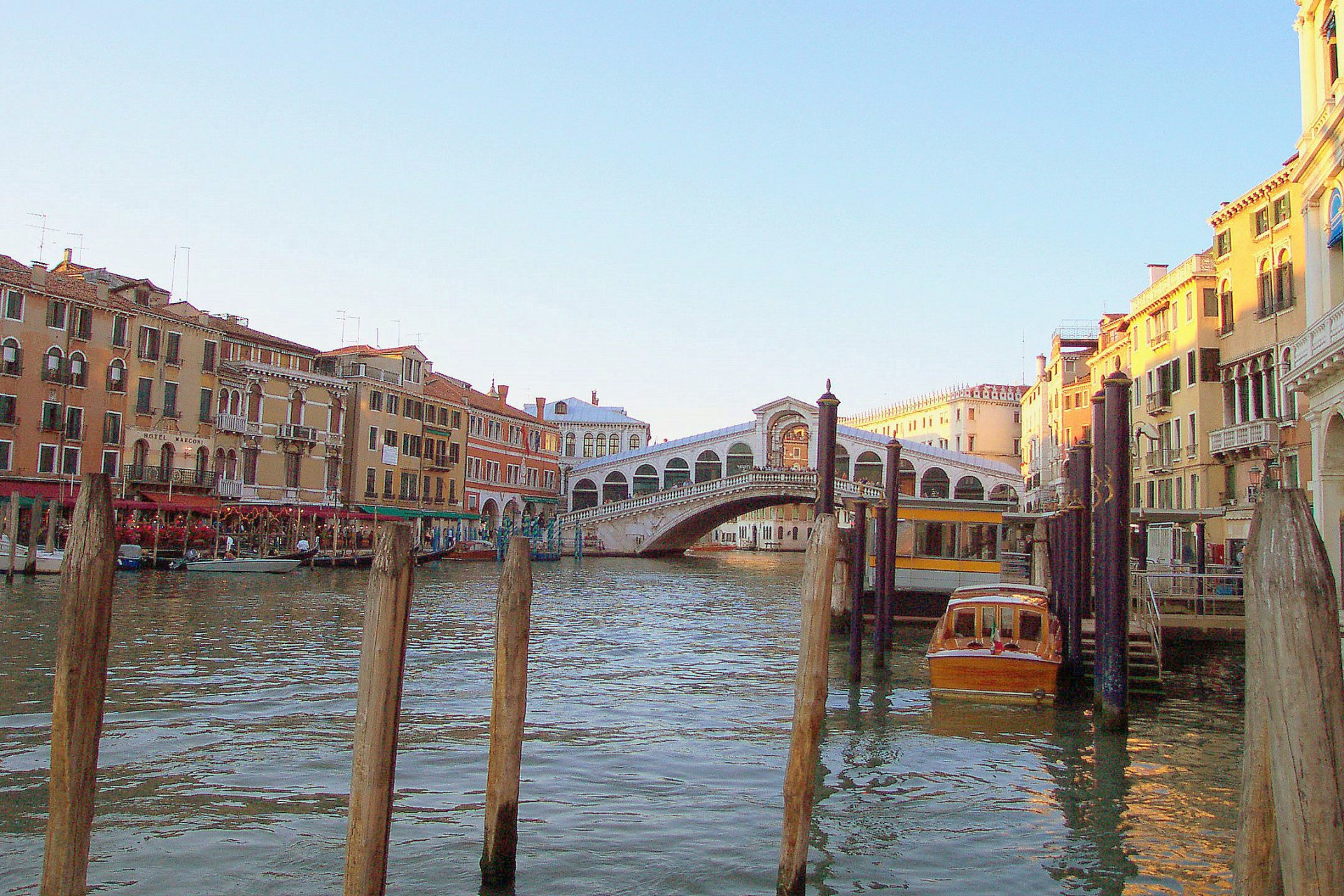
Rialto Bridge in Venice
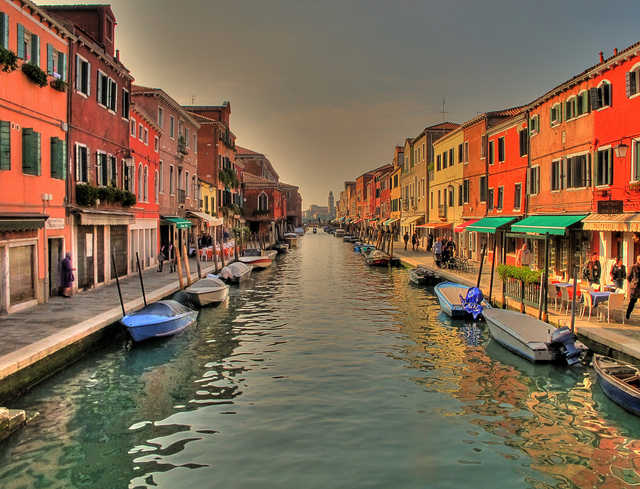
Fondamenta dei Vetrai





